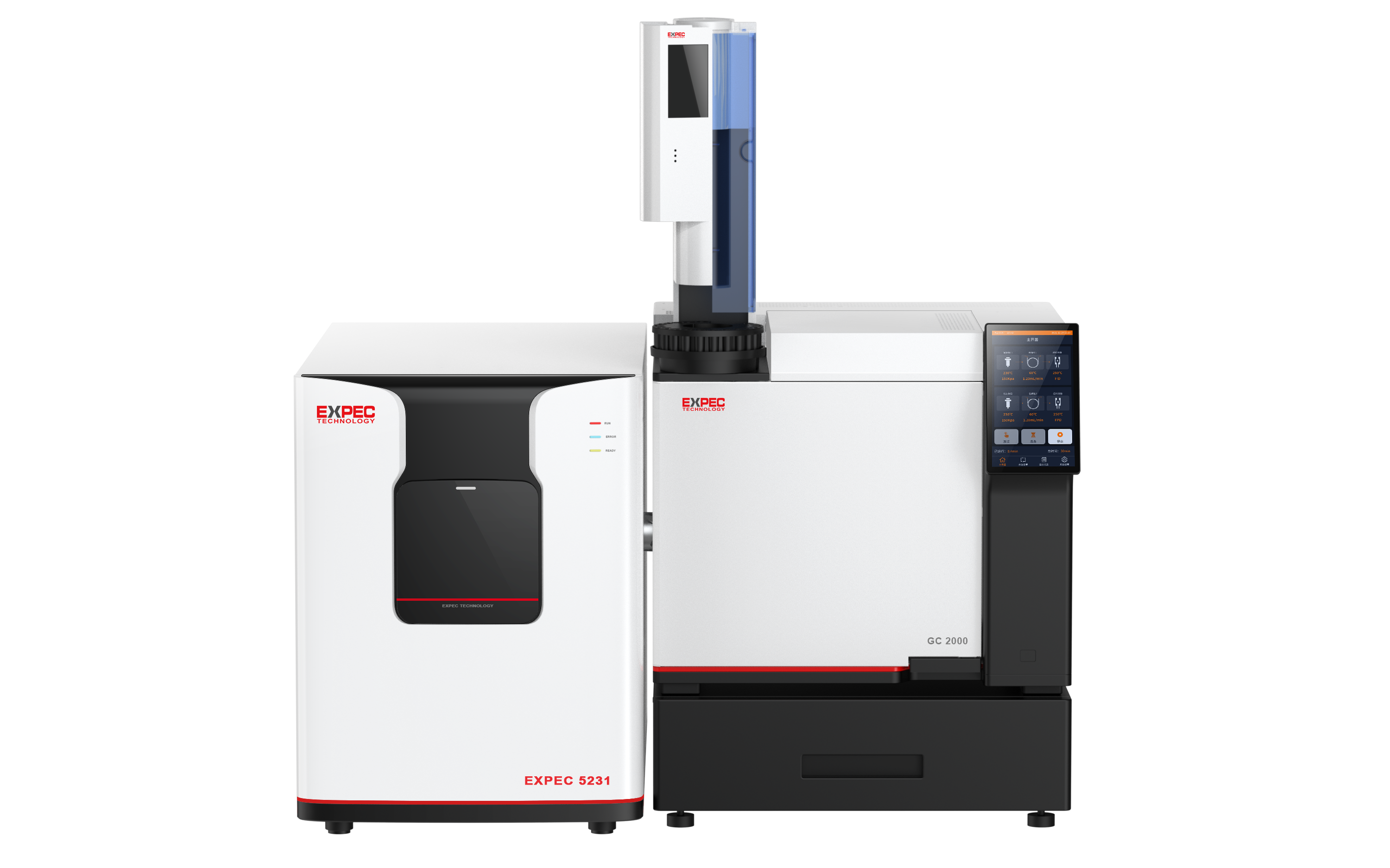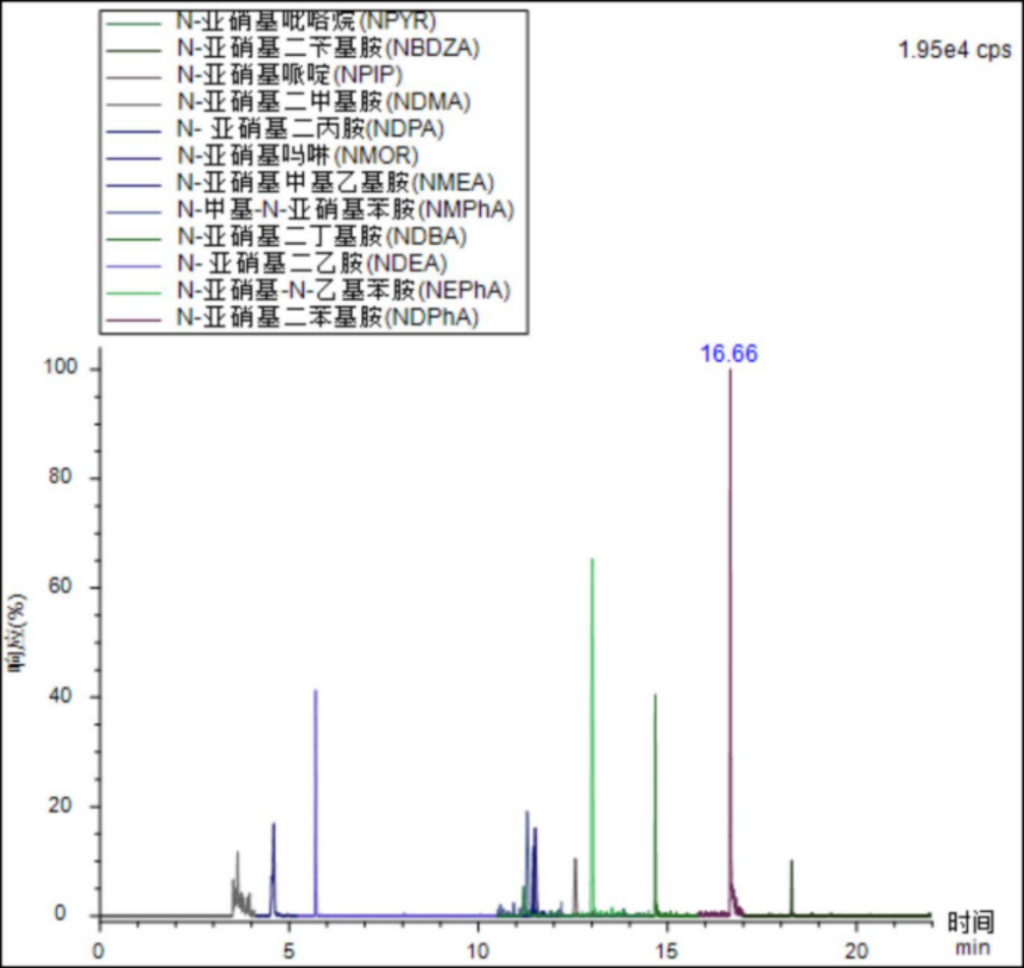Nitrosamines are a class of widely distributed and highly carcinogenic compounds, which are easily present in beer, pickled vegetables, bacon, tobacco, industrial wastewater, soil and cosmetics, etc., and studies have shown that nitrosamines can Absorbed into the human body through the skin, it induces many malignant tumors, so the detection of nitrosamine content has become a major concern in the cosmetics industry.
At present, solid-phase extraction-gas chromatography-tandem mass spectrometry is mostly used for the detection of nitrosamines in cosmetics. Among them, the pre-treatment method of solid-phase extraction has the disadvantages of high cost and complicated use, while the QuchERS method has the characteristics of fast and simple operation, which can greatly improve the Improve the efficiency of pretreatment for the detection of nitrosamine samples in cosmetics. Therefore, this paper established a rapid and highly sensitive detection method for the determination of nitrosamines in cosmetics using the QuchERS method combined with gas chromatography-tandem triple quadrupole mass spectrometry.
Key words: GC-MS/MS, QuchERS, chemical industry, cosmetics, nitrosamine compounds
Experimental part
Instrument
Table 1 Gas Chromatography - Triple Quadrupole Tandem Mass Spectrometer

Table 2 Gas chromatography-triple quadrupole tandem mass spectrometer parameters


Reagents and Standards
Standard product: 12 kinds of nitrosamine mixed standard, purchased from Shanghai Anpu, stored in -20 ℃ refrigerator. Reagents: Acetonitrile, n-hexane and ethyl acetate were chromatography grade.
Sample pretreatment
Weigh the sample, add acetonitrile and n-hexane to dissolve, oscillate on an oscillator, mix well, and centrifuge after ultrasonication for 30 minutes, take the supernatant and add QuchERS purification (150mg PSA, 150mg C18, 1500mg Na2SO4), oscillate, centrifuge for 10min, and take 1mL The supernatant was blown with nitrogen until nearly dry, added ethyl acetate to redissolve, passed through a PTFE needle filter, and collected in a small injection vial for testing.
Linearity, Limits of Detection and Limits of Quantitation
A group of standard solutions at gradient concentration points (see section 2.3 for specific concentrations) were injected and analyzed according to the collection conditions in 2.2, and a standard curve was drawn using the external standard method. The calibration curve, detection limit and quantification limit results are shown in Table 1, the standard curve is shown in Figure 1, and the chromatogram at the lowest point of linearity is shown in Figure 2. The correlation coefficients of the standard curves were all greater than 0.995; the limits of detection and limits of quantification were 0.02 ng/mL-2.00 ng/mL and 0.07 ng/mL-6.67 ng/mL, respectively.
Table 3 Results of standard curve, detection limit and quantification limit of 12 kinds of nitrosamine compounds


Figure 1 The chromatograms of the linear minimum point of 12 kinds of nitrosamine compounds (linear 1 concentration)

Repeatability
With 10 ng/mL, 50 ng/mL and 200 ng/mL mixed standard solutions, six consecutive injections were made to investigate the retention time and response repeatability, and the results are shown below.
The repeatability of the 10 ng/mL mixed standard solution: the RSD of the retention time stability was within 0.25%, and the precision RSD of the peak area was less than 7.74%.

The repeatability of the 50 ng/mL mixed standard solution: the RSD of the retention time stability was within 0.58%, and the precision RSD of the peak area was less than 5.2%.

The precision of retention time and peak area of all compounds at different concentrations was good, the RSD of retention time stability was within 0.58%, and the precision RSD of peak area was less than 7.74%.
Recovery test
The sample was added to the standard solution of nitrosamine compounds, and the recovery rate test was carried out. The results showed that the recovery rate of 12 nitrosamine compounds in cosmetics was between 80.28% and 113.54%.
Table 4 Recovery results (n=6)


Epilogue
Cosmetic samples were subjected to pretreatment processes such as acetonitrile extraction and QuchERS package purification, and were determined using a GC-MS/MS system. In this paper, the linearity, precision, and recovery rate of the method were investigated. The results showed that: 12 kinds of nitrosamines had good linearity within the detection range, and the correlation coefficients were all greater than 0.995; the detection limit and quantification limit were 0.02 ng/ml-2.00 ng /ml and 0.07 ng/ml-6.67 ng/ml. The method precision of low, medium and high concentration was within 7.74%, and the RSD of retention time stability was less than 0.58%. The recoveries were between 80.28%-113.54%. The GC-MS/MS system with high sensitivity and high anti-pollution ability can be used for sensitive and accurate quantitative detection of 12 nitrosamine compounds in cosmetics.
Appendix
Equipment and Consumables Solutions
1. EXPEC 5231 system standard configuration details

2. Standard products


